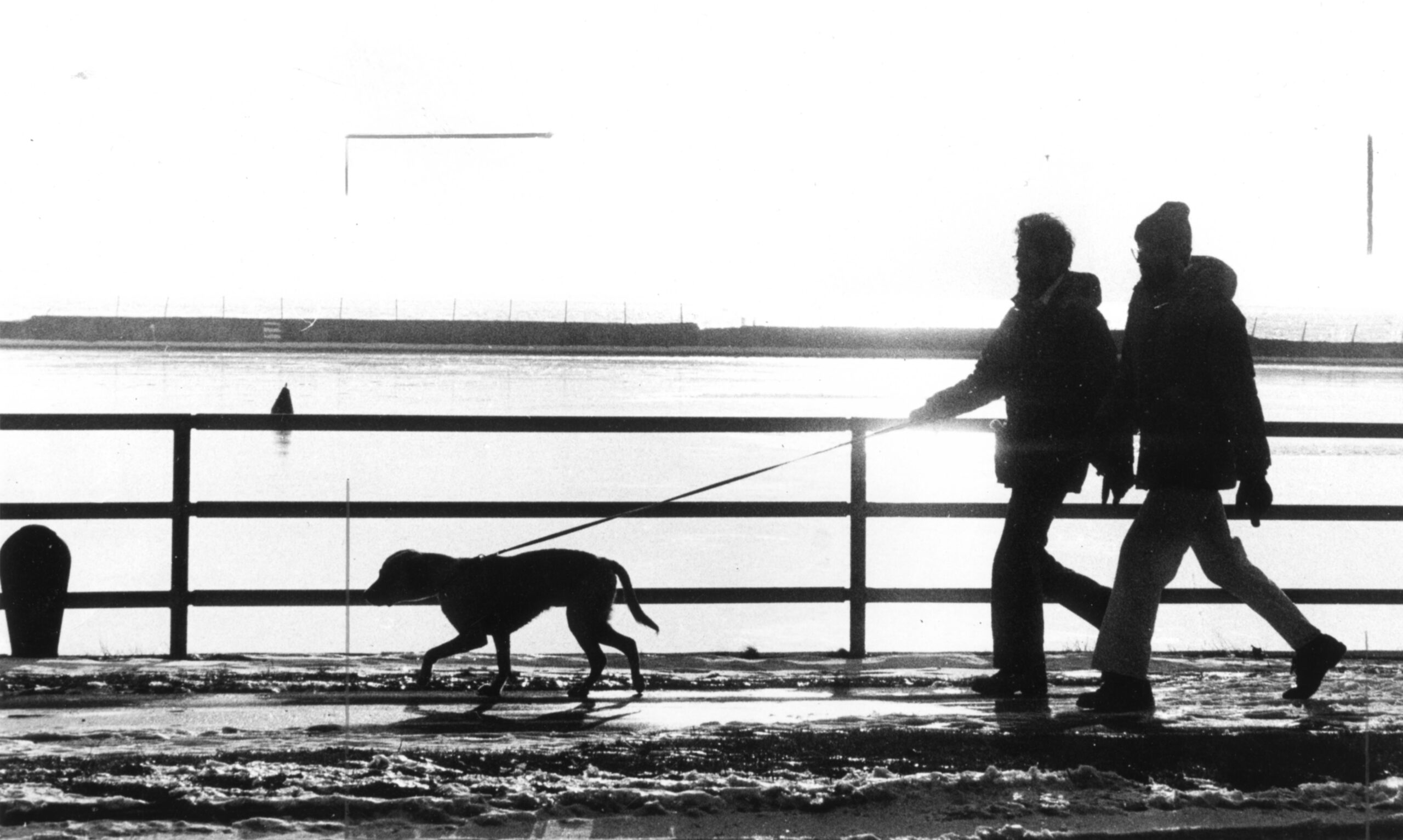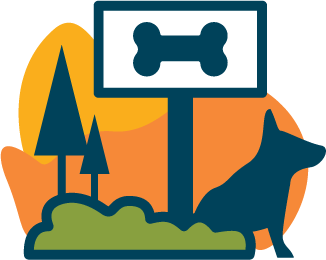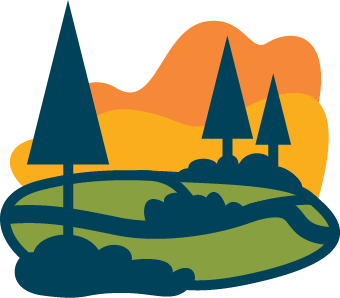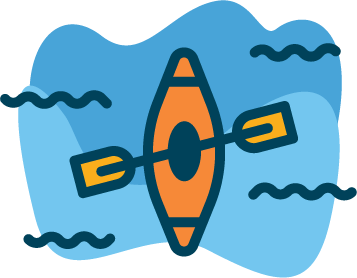
For those living in northern latitudes, February is a cold, sometimes lonely month. Our access to nature can be restricted by bitter winds and unfriendly temperatures. We are often disconnected from the natural world, preferring the artificial light and indoor heat that protect us from the elements. In January, we shared trends that show our growing isolation from nature, even beyond the inhospitable winter months. We discussed how parks of the future can counteract these problems. But now, in the dead of winter, we may need a bit more motivation to get outside and reconnect. We can find this motivation in exploring how beneficial time spent in nature really is. Let this serve as your reminder that nature is, in fact, still open!
It’s easy to love being outdoors in Western New York on the other side of winter. Spring’s awakening wildlife followed by summer’s glorious climate and fall’s explosion of color draws us out. But winter? Winter is a hard sell. Convincing ourselves to reconnect with nature in February is no easy feat. But we should do it anyway.
Northern cultures elsewhere show us how to craft a positive relationship with the outdoors, even in winter. Across the Atlantic, the Scandinavian country of Norway has a single word we might call upon for inspiration. In Norwegian, the word friluftsliv is a powerful signal of a cultural value. Pronouncing the name might be tough for non-Scandinanvians, but its meaning flows easily from the mouth: a commitment to time spent outdoors.
For Norwegians, friluftsliv is a life philosophy that encourages slowing down and enjoying simple interactions with nature. And it does not stop when this Northern country plunges into darkness each winter. Norwegians, who top global happiness charts year after year, have what Health Psychologist Kari Leibowitz calls a “positive winter mindset.” After spending a year inside the Arctic city of Tromsø, Leibowitz noted how a positive attitude towards winter was likely behind Norway’s high levels of happiness.
When asked, most Norwegians state their participation in friluftsliv is in search of peace and calm. Spending time in nature does, in fact, deliver physical and mental benefits… but not just in Norway. Research conducted in populations around the world consistently show health rewards correlated with exposure to nature and access to greenspaces. Cardiovascular disease, diabetes, and asthma, are all found to drop amongst those who spend time in nature. Even just watching videos of nature produced behavior-altering calmness in one study. In general, researchers see significant evidence urging the reconnection of people to nature in pursuit of a flourishing life.
While objective researchers have noted nature-linked health and well-being results in others, people’s own perceptions of increased well-being are noted as well. In a 20,000 person study, the likelihood someone reported good health or well-being was significantly greater amongst those who had spent time in nature the week before. Many people can attest to this. Even short exposures to the nourishing effects of nature can make us feel better.
You don’t have to go to Norway to join a community committed to time outside. Over here, trends acknowledging the benefits of reconnecting with nature are on the rise. US Programs like ParkRX ask healthcare workers to prescribe time in nature during routine appointments. Forest Therapy Trails and Forest Bathing Resorts are popping up as close as Ontario and Pennsylvania. Content teams, like the Alaskan-based Humans Outside project, continue to increase in popularity. And urban parks like ours are making interactions between a community and its wildlife an integral part of redesign.
Seeing the benefits of humans getting outside year-round exemplifies why parks of the future need to consider all of the seasons. A park that really serves its community won’t be abandoned January – March. Instead, it encourages the community to get there, despite the wintery elements (or even because of them).
When our new park is complete, winterized walking paths will carry runners and walkers alike safely around the park. They will keep humans and non-humans moving during otherwise immobile months. Likewise, well-lit outdoor spaces will illuminate even the shortest, darkest winter days. Finally, the park’s new topography will create a sledding hill, showing kids of all ages the indescribable thrill of gliding over fresh snowfall. Watching those sleds rush by will remind adults raised in northern latitudes of their own joy, kept inside childhood memories of snow. Perhaps they will even join in. And for those coming to Buffalo from warmer places, this sledding hill could introduce the fun of snow for the very first time. These elements of Ralph Wilson Park will draw people in, no matter the month.
Encouraging us to reconnect with the outdoors, our renewed natural heritage greenspace will provide access to nature in all four seasons. On even the darkest, coldest days, the message will be clear: nature is still open.
Photo: Dog walkers in the former LaSalle Park, February 15, 1983. Collection of the Buffalo History Museum. General photograph collection, Parks – Buffalo and Erie County – Ralph C. Wilson Centennial Park.
All of the Heritage Engagement Project blog posts are now in one spot. Check out our new HEP page for past and future reading on heritage-building at Ralph Wilson Park.









